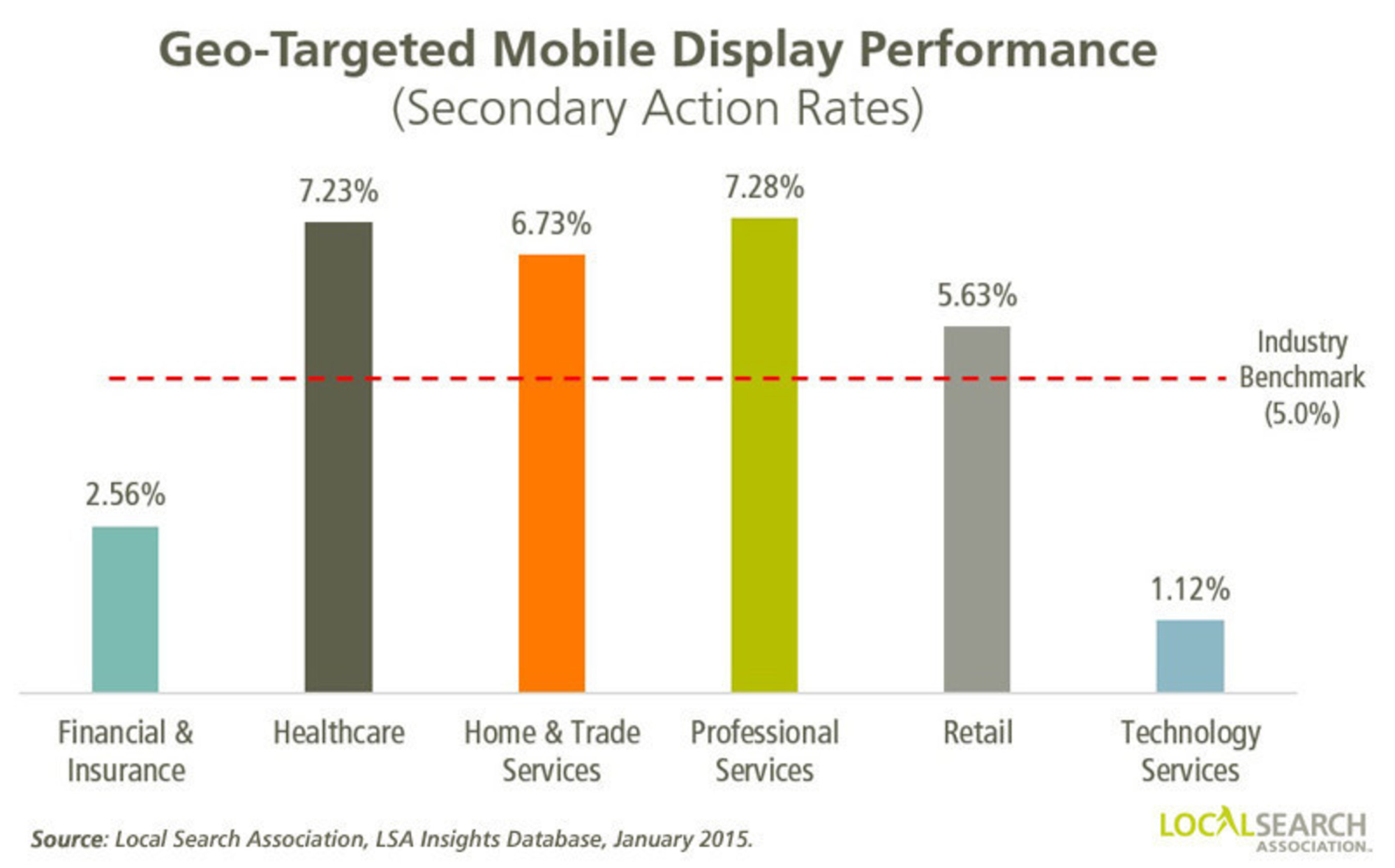

Last updated on
February 10, 2024
In a world saturated with mobile marketing and product options, standing out to the local consumer remains the biggest challenge for small businesses.
In this regard, hyperlocal marketing is a great way to focus on a particular neighborhood or city and send marketing messages to local buyers.
Google’s algorithm, for instance, favors ‘nearby’ or ‘near me’ searches, and 94% of consumers look for local options when they search for brands on their mobile phones.
Moreover, hyperlocal marketing keeps the costs down, as there is no need to target an entire state or country, and helps foster more one-to-one relationships with buyers who are likely to keep coming back because the geography is in their favor.
So, suppose you are looking to drive higher sales and generate more revenues. In that case, you will find the following seven great tips extremely helpful to optimize your hyperlocal marketing strategy and get the neighborhood buyers rolling in. Have a look:
This might seem like an obvious step, but it is one a lot of small businesses miss out on. When consumers search for local businesses, the top results are usually GMB links featuring contact information, business hours, overall ratings, customer reviews, and so on.
The first thing you should do to cater to a hyperlocal market, therefore, is to fill out your GMB page and claim ownership of your listing. Add a unique business description with relevant keywords and the primary category in which you operate.
Be sure to double-check details such as contact number, office address, email address, business name, and so on, as these need to be the same as the details on your website or social media pages.
You should also add high-resolution images of your brand’s banner and photos from your office premises or of your team — in case you have any.
Schema markup uses special microdata language to tell search engines what your site content means and helps them show it in search results in a more user-friendly fashion.
This works for any kind of content from any industry — such as recipes, movie reviews, event details, and software reviews, and would also benefit.
For your hyperlocal marketing strategy to work, it is crucial for Google to recognize your business as a local one. This is where having structured data markup on your website pages comes in handy.
List all of your business attributes, such as name, address, contact details, hours of operation, social media logos, and so on.
Mirman, Markovits & Landau PC, a law practice based in New York, uses schema markup for their local business. You can mark up not only addresses but also breadcrumbs and website navigation menus.
An excellent way to guard against potential issues and minimize the number of warnings and errors in your Structured Data tags is to use a Structured Data Testing Tool.
No matter the size of your business, paid search targeting for a set of zip codes or a geographic radius allows you to granularly target any area of your choice and become locally relevant. It is a terrific way to get the maximum out of your SEO strategy.

This type of paid search targeting displays your ads only to the people within your chosen radius or zip codes. You may also choose to target customers based on their walking distance from where you are located.
Simply identify the type of audience you want to engage with and then keep tracking your ad performance by zip code. This way, you can choose to divert more ad expenditure to locations that are doing well.
For local search ranking, customer reviews and testimonials from local buyers can significantly impact your SEO score. In fact, around 88% of customers rely on local reviews to decide where to buy.

The more positive reviews you have, the more local brand authority you have and the likelier you will win over customers. You can send a friendly email or social media message to each new buyer, asking them to leave a review. As most customers won’t respond in one attempt, be sure to send a couple of follow-up emails, too.
You can even offer a discount coupon or free shipping in exchange for a review to incentivize them. Brainstorm a few ideas on how to attract your customers to write a review for you.
Creating content that your local customers are looking to consume will help engage them and foster two-way relationships. Be it blog posts, videos, or fun quizzes, you are looking to resonate with your customers sufficiently so that they remember you the next time they are making a purchase decision.
Identify local keywords that you can use in your content marketing. This is where you can use tools like Ubersuggest. Insert local lingo in your copy for better engagement. That will also help your brand become readily accepted as a part of the community.
Another way is by referring to local landmarks, events, or festivals that a hyperlocal target audience would be interested in.
Suppose you are not personally acquainted with the hyperlocal area you are targeting. In that case, you can work with content creators who live there and know what the local population is interested in.
In addition, keep an eye on the type of content your local competitors are churning.
Social media is a great way to send targeted messages to people in the local community, and Facebook Ads are the best way to go — irrespective of industry.
Businesses can use these ads to target people within a mile of their geographical location, which will show up on mobile phones and social media feeds. All you need to do is type in the preferred address and radius, age range, gender, and ad message to get started. You can also use FB Ads library for better targeting.

You can also add directions so that customers who click on the ad can use Maps to reach your location, helping drive more foot traffic. What makes Facebook Ads even better is that many Facebook users allow Facebook to track their movements via IP address, which means that they can see your business whenever they are in your area.
Probably the most essential part of GMB optimization is your business contact information. This is what allows a potential customer to reach you while making you a more tangible entity in their minds - which, in turn, makes it likelier that they will buy from you.
Use location-based keywords that people in the hyperlocal area might use when searching, such as ‘medical shop near Central Park’ or ‘cafe near Taj Mahal’ in your site copy.
In addition, add your contact information to each page of your website — preferably in the footer. Let consumers get in touch with you right on your website with a click-to-call feature. Alternatively, embed a live Google Map on the site.
Here is a good example from Think Little Big Marketing Ltd:

Since the marketing agency has two offices, catering to consumers from two different countries, it made sense to include the Google Maps of both locations on their site.
Plus, have your contact information displayed prominently in your website’s header and footer and enable a click-to-call feature so that customers can reach out to you right away.
Having a well-thought-out hyperlocal marketing strategy will help you increase your local presence, drive more website traffic and take your business to the next level.
You get a chance to build a local community — showcase your brand to a smaller group of people before you plan to scale target cities and regions effectively.
The process can get a bit overwhelming, but if you follow the steps mentioned earlier, you will easily fetch results. Good luck!
Rukham is the Content Lead at Mailmunch. He believes trust should be the basis for all marketing communications.
Tags:
.png)
Aqsa Mughees
September 22, 2021

Rukham Khan
March 16, 2021

Rukham Khan
March 4, 2021